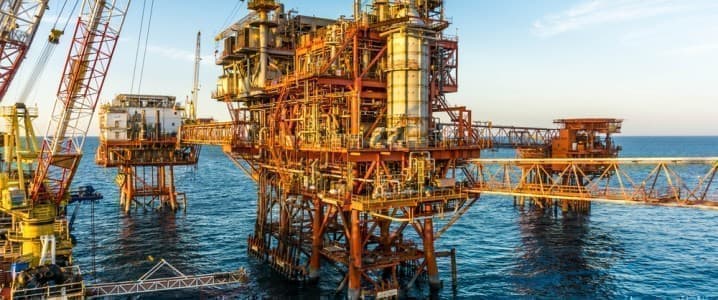Japan’s Nuclear Energy Revival Facing Public Resistance
- Japan aims to increase nuclear energy production but faces challenges due to public opposition and a complex restart process.
- Restarting nuclear reactors could significantly reduce reliance on fossil fuels and help Japan meet its decarbonization targets.
- There is a growing debate between nuclear power and renewable energy sources for Japan's clean energy future.
The Japanese government is trying to kickstart a nuclear renaissance 13 years after the Fukushima Daiichi nuclear disaster, but a return to nuclear energy is proving difficult for the nation that was once the world’s biggest nuclear power producer. While the government continues to make lofty pledges about revitalizing the industry, which would shore up Japan’s energy independence as well as its decarbonization trajectory, nuclear power generation has stagnated between 5 to 8 percent of the country’s energy mix for years now.
Japan’s goal to generate 20-22% nuclear energy by 2030 is feeling increasingly far-fetched as that deadline grows closer, and its recent pledge to triple its nuclear energy by 2050 also seems relatively unlikely unless the country seriously alters its approach. As the Asia-Pacific news outlet The Diplomat recently reported, “the yawning gap between vision and policy reality jeopardizes important energy policy goals such as energy security and decarbonizing energy supply.”
Japanese policy and public opinion have largely shunned nuclear energy since the 2011 Fukushima nuclear tragedy, when the most powerful earthquake ever recorded in Japan sent a tsunami crashing into the Fukushima nuclear power plant. The result was the worst nuclear disaster since Chernobyl, and an ensuing sea change in Japanese energy policy. The Japanese public converged to condemn nuclear power production in their communities, while the Japanese government promised to permanently leave nuclear energy in the rear-view mirror. But now, more than a decade later, the fear generated by Fukushima is fading and the myriad benefits of nuclear power are once again beginning to outweigh the trade-offs in the Japanese energy landscape.
Japan, once a climate leader, has now fallen far behind in the clean energy transition. Through the course of Japan’s anti-nuclear decade, the country has become extremely dependent on imports of foreign fossil fuels to keep the lights on. As a result, the nation has seen a worrying decrease in energy independence and energy security, and a major uptick in greenhouse gas emissions. The country’s increasing reliance on coal over the past 13 years has been a particularly big problem for the nation’s carbon footprint. Nuclear, a carbon-free energy alternative, therefore presents a major opportunity for the country to establish its place at the helm of the decarbonization movement. But it has a long way to go.
So far, just 33 of the country’s fleet of 55 commercial nuclear reactors are in working order, and just 27 of those are undergoing a permitting process to restart operations. If those 27 are successful, they could soon provide about 14% of Japan’s energy. While that’s a considerable contribution, it’s a far cry from the country’s espoused nuclear energy targets.
While some see this as a rallying cry to double down on nuclear in a hurry, others feel that these figures illuminate the fact that nuclear is the wrong approach for Japan, and that instead a pivot toward rapid renewables expansion is in order. As the Diplomat argued in its recent op-ed, “Japan’s nuclear energy revival is supposed to increase energy security and drive decarbonization. Chasing unattainable goals, however, has the exact opposite effect as the yawning implementation gap is continuously filled with fossil fuel imports.”
Japan is far from the only nation currently betting big on nuclear, however. Nuclear energy is experiencing a renaissance on a global level as memories of disasters like Fukushima fade and the urgent need for carbon-free energy alternatives continues to swell. While nuclear is still divisive due to issues of safety and because of issues around managing spent nuclear fuel, its proponents are growing in number and influence. And nuclear does have a lot of benefits. It’s a proven technology with existing supply chains and established blueprints, and, critically, it’s a base load power source, meaning it’s not variable like wind and solar power.
By Haley Zaremba for Oilprice.com



